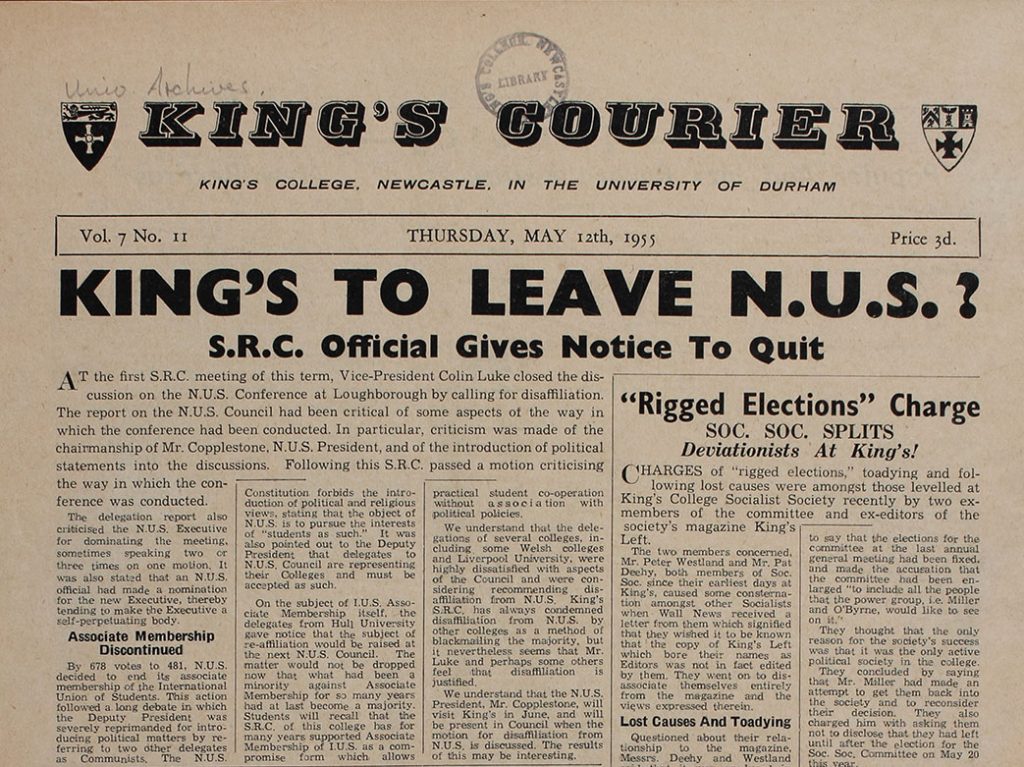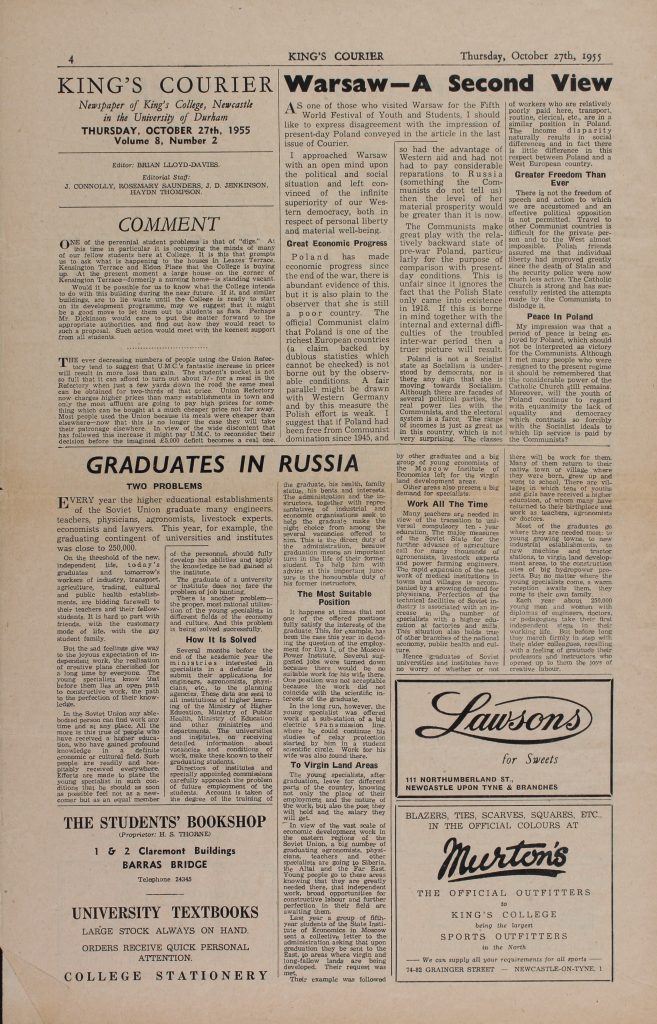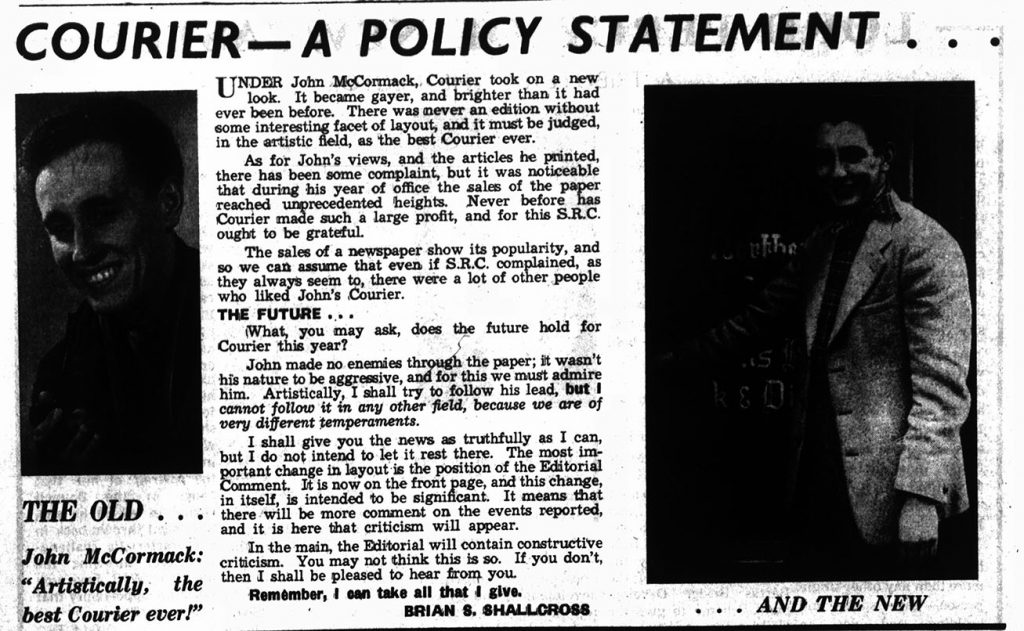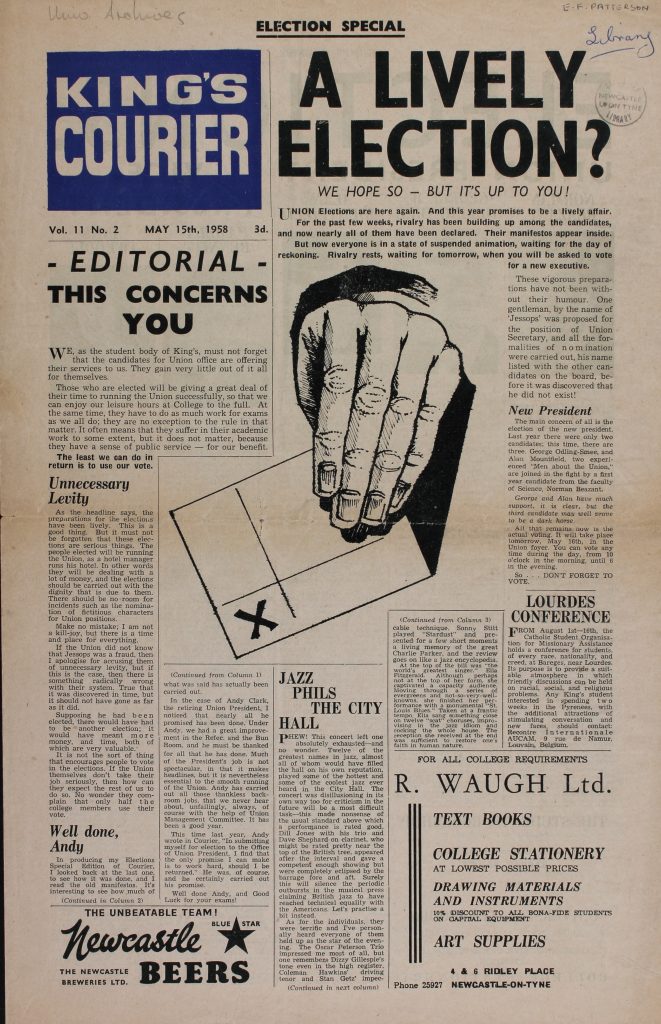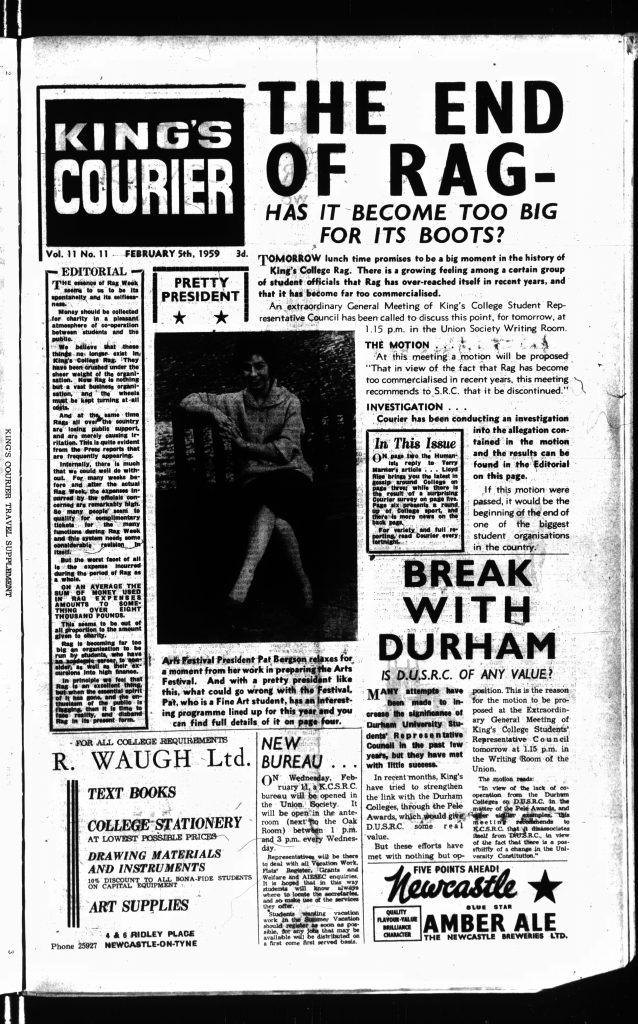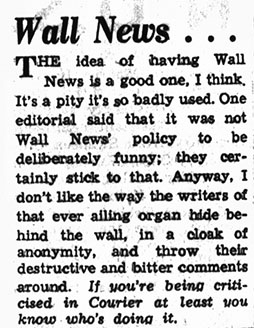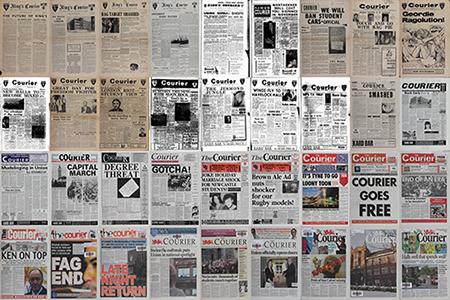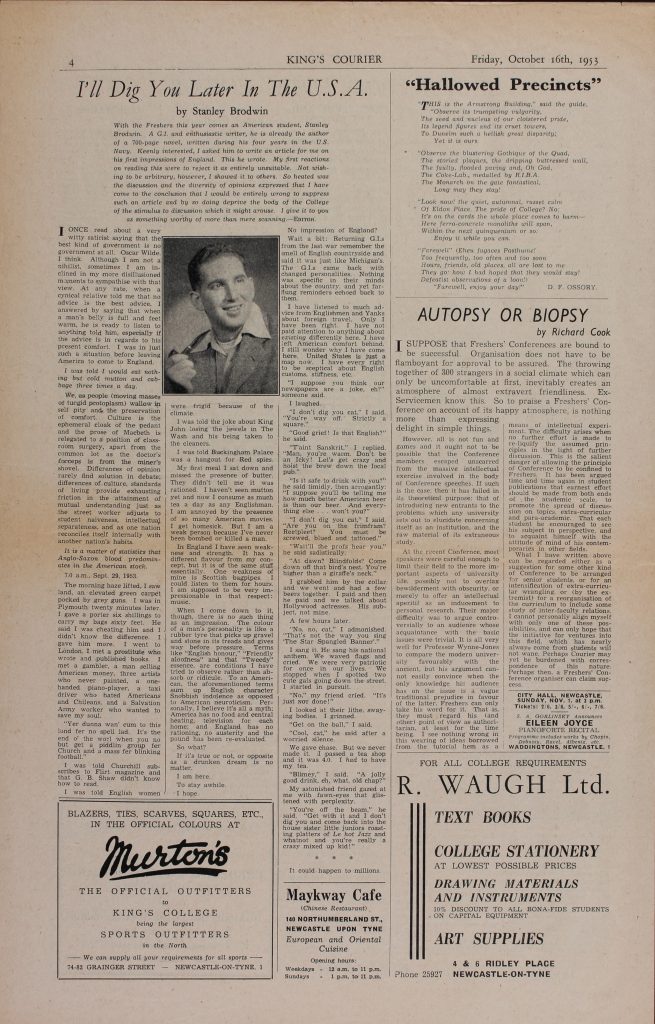I began my career placement module with the Sir Terry Farrell archive collection in December 2022. Having never visited an archive before I was initially unsure what to expect. The image in my mind was a labyrinth of imposing metal shelves and dusty manuscripts veiled within grey boxes, untouched by human life for years. This image would prove to be somewhat of an exaggeration; over the course of my placement I would learn to navigate this dense realm of crumpled documents, confusing cataloguing formats and incessant repackaging. In doing so I learnt a lot about my degree, the workplace and the utility of archives.
The Terry Farrell archive is held in Newcastle University’s Special Collections as part of their larger Team Valley Research Reserve. I was tasked with helping the project team catalogue and store a vast array of documents encompassing the architectural legacy of a man’s entire working life. Having been introduced to the cataloguing process by members of staff I set about working through various item formats. I initially started out with the tubes, primarily focusing on Farrell’s work as master-planner for the Greenwich Peninsula, London (2000-2004). I sought to systematically catalogue each item, likening my efforts to a factory line churning out a belt of catalogued and repackaged documents at a consistent rate. This formulaic approach would soon fall apart as I opened the tubes and began to peer through their contents. Each tube contained a varying quantity of documents encompassing a diverse set of forms. There were sketches, planning diagrams, photographs and concept drawings amongst others. I soon realised that each tube would drastically differ in the time it took to process and the types of information that could be catalogued about each. Focusing on each tube as an individual unit ensured that the detail of my cataloguing improved.
Having spent half my placement cataloguing tubes I moved on to the slides. These were 35mm photographs depicting various projects worked on by Sir Terry within the Terry Farrell Partnership. The projects included Seven Dials (Comyn Ching), (1978-1985) and early iterations of Vauxhall Cross (1989-1994), both in London. Working with a consistent medium that was much easier to analyse and repackage I found myself working through the slides at a much more consistent rate, more akin to the formulaic approach I had tried previously. However, this consistency did not make the task mundane. I familiarised myself with the light-box, allowing me to properly see the content of the slide. The slides were a fascinating medium because they were visually interesting, and they allowed me to see Sir Terry’s projects as they were conceived of in the real world rather than through the abstract sketches and drawings of the tubes.

I found working in the archive useful as it gave me an intricate look into how archives are organised and processed. As a second-year history undergraduate I have started planning my dissertation which will require extensive time in the archives hunting for primary material. I am already planning some other archive visits as a result of this placement. Experience with the Sir Terry Farrell archive has familiarised me with their inner workings which will no doubt aid me in my own research.
The Sir Terry Farrell collection itself is highly useful for anyone interested in researching architecture. As someone with a layman’s understanding of the field, I learnt a lot about the discipline and was fascinated by the archive’s diverse contents. For anyone studying architecture or wishing to conduct research it represents an opportunity to analyse the works of one of Britain’s most prolific and celebrated architects.





